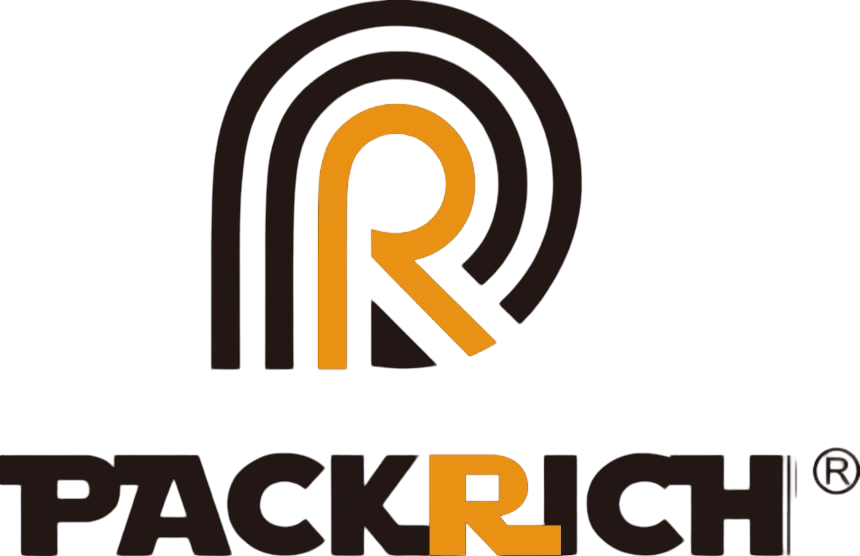Healthcare keeps changing at lightning speed, and hospital stretcher design hasn't stood still either. These essential tools play a big role in how nurses manage patient transport across facilities. Good stretchers make all the difference when it comes to safely moving people between departments without causing discomfort or delays. This piece takes a closer look at recent tech advances in stretcher design and examines how these improvements actually affect both patient comfort during transport and overall treatment outcomes in real world settings.
Why Ergonomics Is Important
Comfort for both patients and healthcare workers has become a major focus in today's stretcher designs. Older models offered little to no support at all, making transport uncomfortable and frustrating for everyone involved. Modern equipment addresses this issue head on. Newer stretchers come equipped with adjustable heights so caregivers can avoid bending over constantly. The surfaces are now molded to better fit body shapes, reducing pressure points. Some models even feature caster wheels that change direction when pushed down instead of sideways, cutting down on strain during movement. These improvements aren't just nice touches either they actually make a real difference in daily operations. Hospitals report fewer complaints from patients and staff alike, while workflows run smoother overall thanks to these thoughtful design upgrades.
Integration of Technology
The way stretchers function in hospitals has been transformed by technology over recent years. Many newer models now include built-in monitors that keep tabs on things like heart rate, oxygen levels, and blood pressure as patients are being moved around. This means nurses and doctors don't have to stop what they're doing just to check on someone's stats. When someone's numbers start looking bad during transport, staff can jump into action right away before things get worse. Some stretchers even have intercom systems or radio links so different parts of the medical team can stay in contact while transporting critically ill patients. These features make everyone work together better and ultimately keeps patients safer throughout their journey through the hospital.
Materials and Durability
When it comes to keeping things clean and preventing those annoying skin irritations from happening, what matters most is actually the materials used when building stretchers. Many newer models now incorporate lightweight yet sturdy materials that hold up against all sorts of rough handling typical in busy hospitals. Also worth mentioning, contemporary stretchers feature surfaces treated with special antimicrobial coatings designed specifically to fight off germs and reduce infection risks for anyone coming into contact with them. The improvements we've seen recently not only make the equipment last longer between replacements but also contribute significantly toward creating safer conditions across hospital environments where both patient comfort and staff safety remain top priorities.
Adaptability and Customization
Hospitals need stretchers tailored to their unique environments because no two medical facilities operate exactly alike. With modular designs, clinics can adjust stretchers based on what's needed at any given moment whether responding to emergencies or just moving patients between rooms. When everything required is right there on hand, doctors and nurses spend less time scrambling for equipment and more time actually caring for patients. Customization makes a real difference too from an emotional standpoint. Patients often comment how reassuring it feels when staff takes notice of individual needs rather than treating everyone the same way.
Forecast on Trends of Stretcher Design
Hospital stretchers are set for some exciting changes as technology keeps advancing at lightning speed. We're seeing smart stretchers emerge as a real game changer these days. These futuristic models incorporate artificial intelligence and machine learning systems that can actually anticipate what patients need next while figuring out the best possible routes through hospitals in real time. Sustainability has become a big deal lately too. Manufacturers are experimenting with eco friendly materials like recycled plastics and developing production techniques that waste less energy. As healthcare facilities increasingly focus on making everything around the patient experience, we can expect stretchers to get redesigned with comfort and accessibility in mind. This shift toward patient centered design promises to revolutionize how people move around medical facilities, though only time will tell exactly how this plays out in practice.
To summarize, the changes made to hospital stretchers reveal how the entire healthcare system has advanced towards better patient care and increased operational efficiency. Embracing innovative designs improves not just patient experience, but also safety, facilitates streamlined processes, and enhances overall health outcomes.

